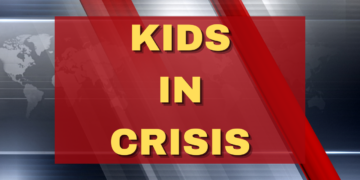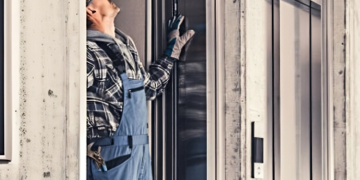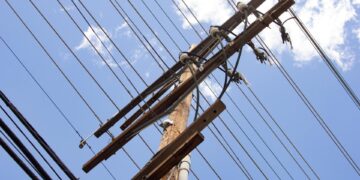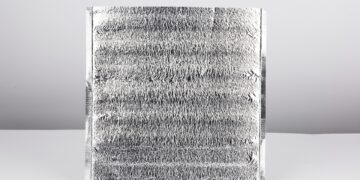Plastic is everywhere from chewing gum to spaceships. In New Jersey, 1 million people owe their jobs to plastics and industries dependent on plastics. However, many people don’t know even the most common types of plastics and their uses. Educate yourself—or prep for the next Zoom trivia night—with this short guide.
Polyethylene
The most ubiquitous plastic on earth is polyethylene in its various forms. That’s usually what’s in that vague “gum base” ingredient on your chewing gum label (along with the same kind of rubber used to make inner tubes). Polyethylene is strong and can stretch without breaking. It went into production at the start of World War II, and in its different densities has proven to be incomparably versatile.
Low-Density Polyethylene (LDPE)
This was the first iteration of polyethylene, and can be stretched out into a thin wire without losing strength. You can find it in:
- Shopping bags
- Clear food containers
- Plastic bags
- Disposable packaging
Medium-Density Polyethylene (MDPE)
MDPE has greater density due to more polymer chains and is known for its resistance to impact. It’s used for:
- Gas pipes
- Screw closures
- Shrink film
- Carrier bags
High-Density Polyethylene (HDPE)
HDPE has a high strength-to-density ratio and is more rigid than the above types. One of its benefits is that it’s often recycled. HDPE is found in:
- Plastic bottles
- Snowboards
- Boats
- Folding chairs
Ultra High Molecular Weight Polyethylene (UHMWPE)
Particularly long polymer chains makes UHMWPE tough and resistant to abrasion. It has the highest impact strength of any thermoplastic. Its uses in manufacturing include:
- Military body armor
- Hydraulic seals and bearings
- Artificial ice skating rinks
- Hip, knee, and spine implants
Acrylic
Also known as polymethyl methacrylate (PMMA), acrylic is often in transparent sheet form. It’s lightweight and abrasion resistant, bullet resistant, anti-static, UV-tolerant, and difficult to shatter, making it a popular alternative for glass. Acrylic is used for:
- Mirrors
- LCD screens
- Artificial nails
- Paint
Polycarbonate (PC)
It’s transparent, but 250 times stronger than glass and 30 times stronger than acrylic. Polycarbonate sheets are impact-resistant and flexible. They’re used to manufacture:
- Greenhouses
- DVDs
- Police riot gear
- Sunglasses
Polyvinyl Chloride (PVC)
PVC is derived from ethylene and salt; it’s resistant to fire, oils, and many chemicals. It takes two form:
PVC-U
Unplasticised PVC is more rigid and can withstand extreme weather conditions. It’s used for:
- Plumbing pipes and fittings
- Bottles
- Makeup packaging
- Door frames
PVC-P
In its plasticized form, PVC-P is more flexible but less resistant to solvents. It’s used for:
- Garden hoses
- Shoe soles
- Blood bags
- Watch straps
Polypropylene (PP)
PP is popular because it’s lightweight, strong and flexible—and is one of the most common types of plastics for uses involving heat. It can withstand temperatures up to 200 degrees Celsius. It’s resistant to corrosion, moisture and chemicals. You’ll find polypropylene in:
- Straws
- Garden furniture
- Prescription bottles
- Packing tape
















































































